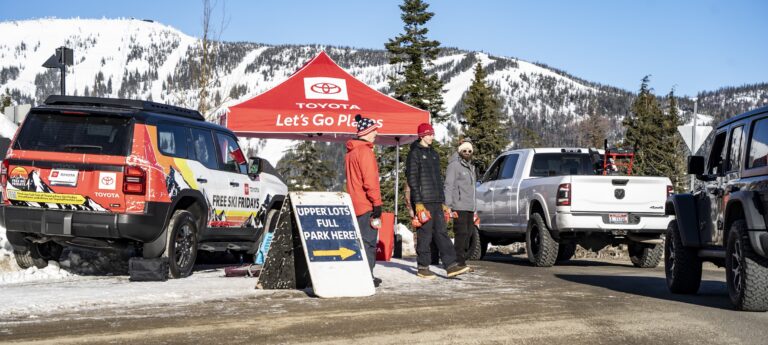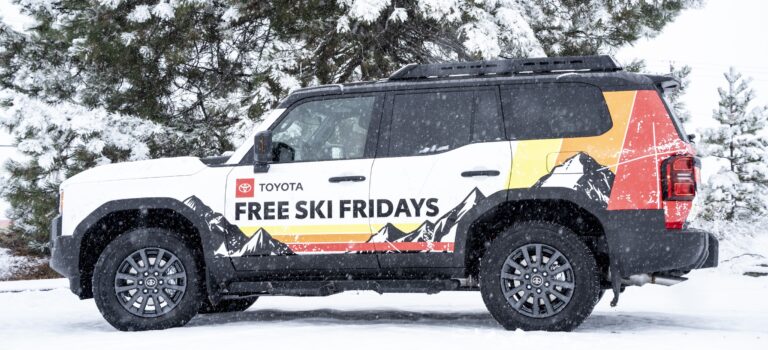Matt Larsen doesn’t shop on Amazon. He calls it “kind of ironic,” since he has a website of his own where he received his first order for custom wheels within days of its launch, without a shopping cart.
“I would rather talk to people and make sure they get what they need,” he explains. As a satisfied customer with lighter, faster new wheels on my fat bike, I was impressed with his diligent, personalized, and technical approach to wheel building. On a recommendation from a friend, with only a vague notion of what I wanted, I called Larsen with more questions than requests, and learned a lot.
Our bikes are made of math. Whatever the frame or component material, behind every dimension we can readily comprehend are a dozen formulas refined a hundred times since the first pedals were turned, and ten more dimensions with their calculations we may never need to know. Add this hulking data to the constant changes, proprietary parts, and new materials endlessly churning out of worldwide R&D, and the equation gets quickly out of hand. Thankfully, there remain experts like Larsen, who know my bike (and my weight) and understand my desire to adapt a bike to a wider range of conditions instead of buying another.
Following a circuitous trail with as many switchbacks as the most rollicking singletrack, Larsen states he “started as a runner and swimmer, that got me into triathlons, then I started hanging out in bike shops, which was the beginning of the end of my triathlon career, because I liked the bike better.”
He has since raced BMX, cyclocross, in more triathlons and on mountain trails and gravel roads. He doesn’t race as much these days, but he still rides “tons of miles,” and runs most errands with a bike trailer. He has built bicycle wheels in independent bike shops and at large distributors with hundred-hub orders.
While my project is far from unique, at the outset I didn’t feel like I knew enough to find a set of stock wheels that would work. Having only a marginal understanding of the dimensions critical to building wheels, I saw no other way than enlisting the expertise of a true technician. That he singlehandedly operates his local business, Mathew Larsen Wheelbuilding, and that he is committed to educating his customers, made the experience that much more rewarding. Prior to acquiring Larsen’s number from fellow Out There contributor and cycling fanatic Justin Short, I had been idly shopping for a used mountain bike with the n+1equation in mind; nis the number of bikes you already own, and the formula represents the number you need—until I realized that I have a mountain bike already.
A fat bike is essentially a mountain bike with a wider fork and chainstays to accommodate their meaty tires—a potentially very heavy but incredibly grippy mountain bike. I opted to give up a bit of that grip, shed some serious rotating weight, and add front suspension to help keep the plus-size knobbies hooked up. For a fraction of the cost of a decent used carbon fiber bike, I now have a very capable off-road, all-season ride. It is still relatively heavy, but considerably nimbler than its clown-shoed winter iteration.
Converting a fat bike into a mountain machine to accommodate a rider’s changing style (or their desire for it) is a little like adapting a small business with skinny margins to shifting market conditions. Larsen is no stranger to either of these endeavors. He considers the size of his company an asset in an ever-changing industry.
“Big wheel companies can’t adapt to new stuff that fast,” Larsen contends. So, when one company starts producing bikes with new hub spacing, and “you want to upgrade the wheelset on your new bike, you’re coming to me to get something made.”
Because he mostly works with individual riders, one wheelset at a time, Larsen can offer a level of personalization not available in a few clicks leading to a shopping cart. No number of answered questions on Amazon will ever encapsulate the experience and knowledge he brings to his customers.
Like the bike industry itself, the way we buy things changes almost daily. But cyclists can still enjoy the option of shopping locally, and engaging personally with experts like Matt Larsen is just one of the many rewards. Asked about the ability of his business to weather constant change in the retail and bike industries, he coolly offers, “I’m just riding the wave man.”













